Automatic screwdrivers for Human-Robot-Interaction CSX.
Marca
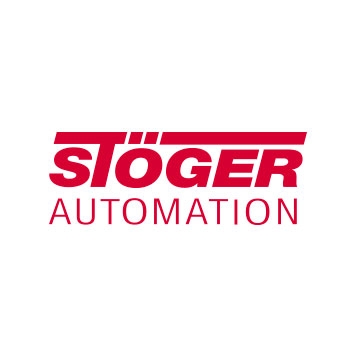
Automatic screwdriver for Human-Robot-Interaction HRI for the safe interaction between man and robot
Robot designers, machine builders and manufacturers of automatic screwdrivers like us face new challenges, as customers with automated production sites increasingly wish to release robots from their cages. While the goal is a high output rate at a constantly high quality, there are still tasks that can only be achieved by a human operator. Man and machine have to interact to obtain best results. It has to be ensured that the worker doesn't suffer any damage caused by the machine. Since early 2016 the ISO/TS 15066 standard has defines regulations that have to be observed in Human-Robot-Interaction (HRI). We have developed the screwdriving unit CSX especially for that purpose.
Features for enhanced safety
. Most components are made of thermoplastics (polyamid12) in order to reduce the weight of the screwdriving unit.
. The overall length has been reduced.
. Edges have been rounded off.
. The nose piece has been equippes with a protection sleeve with sensor. If the sleeve hits an obstacle, the robot will be switched off immediately (other options programmable).
. The feed arm has been equipped with an additional cover in order to increase the safety of the automatic feeding.
. Corresponding adapters are available for all current robot types.
Naturally, our HRI Screwdriving units feature the typical STÖGER properties:
. analogue displacement-measuring system
. automatic feeding of the screw and other fasteners from hose
. automatic switch-off when protection
. capacity > 5kg
. controlled by the robot controller
. high availability, hardly any wear
. interfaces for signal and data exchange
. low weight
. minimum maintenance
. open interface (for electric and pneumatic drives)
. quick bit change without special tools
. rounded edges
. screwdriving process in any position possible
. short design
. suitable for robots with load-bearing
. vacuum version (for work pieces with protruding edges)




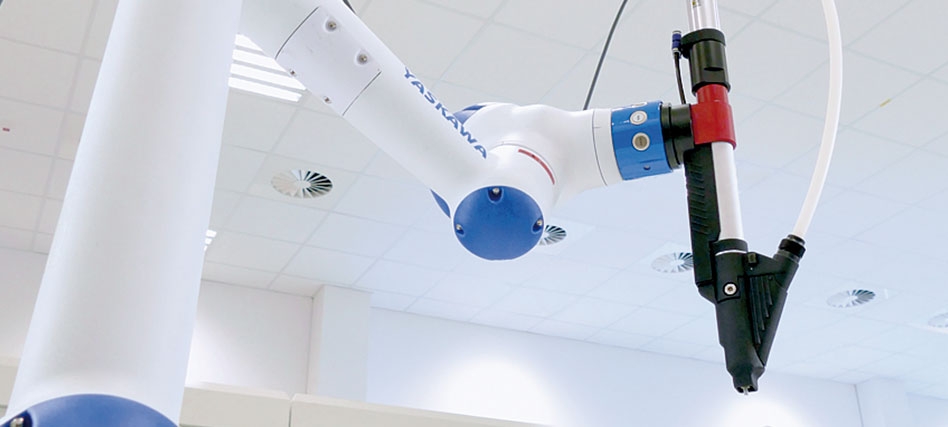

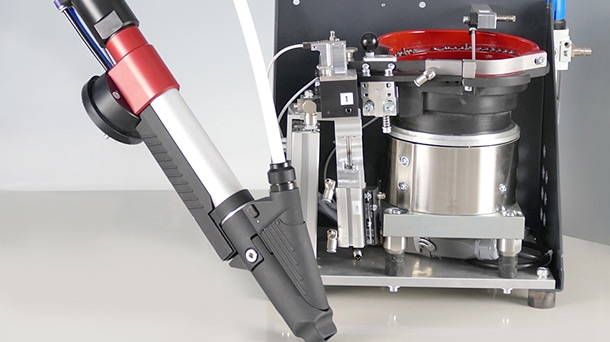
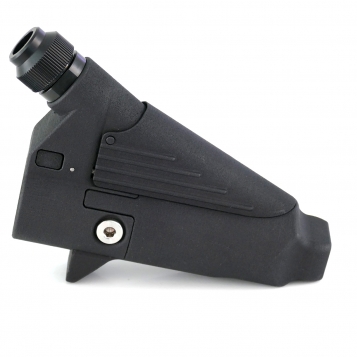
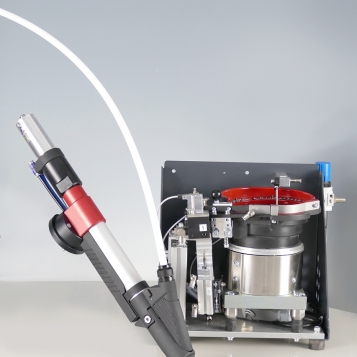
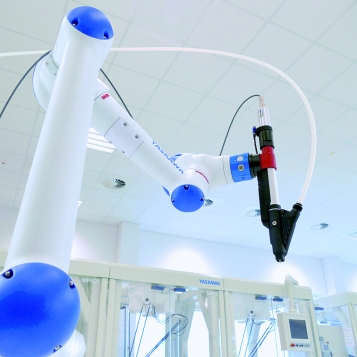
![Aparafusadoras automáticas para interação Robô-Humano CSX [STOGER]](https://www.fluidotronica.com/image_temp/1280X720_357X200_crop_b98af9e1252fa87a38f908c865f2cd3e.png)
![Aparafusadoras automáticas para interação Robô-Humano CSX [STOGER]](https://www.fluidotronica.com/image_temp/480X360_357X200_crop_a3713cce2bba21f23d662e932a4afd4c.jpg)